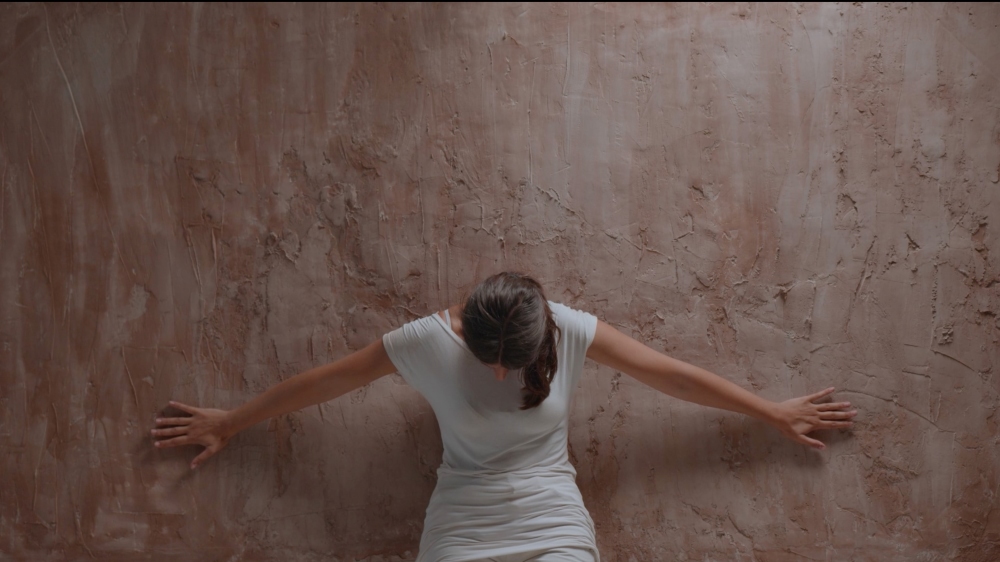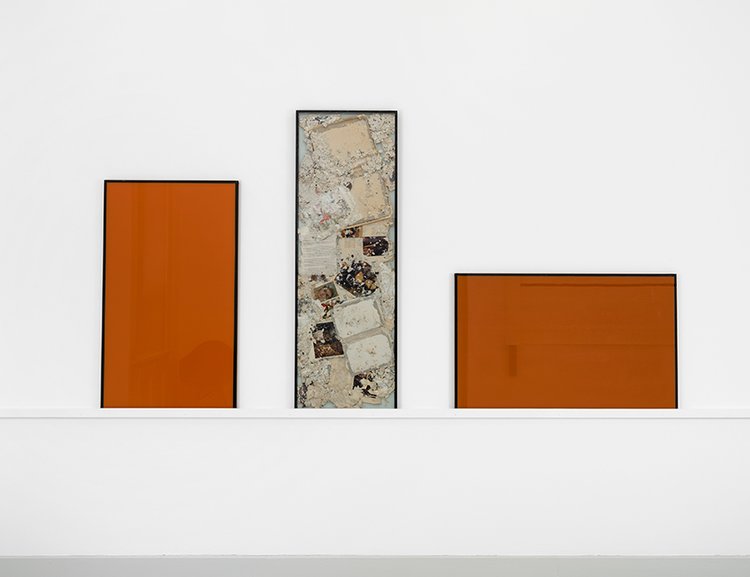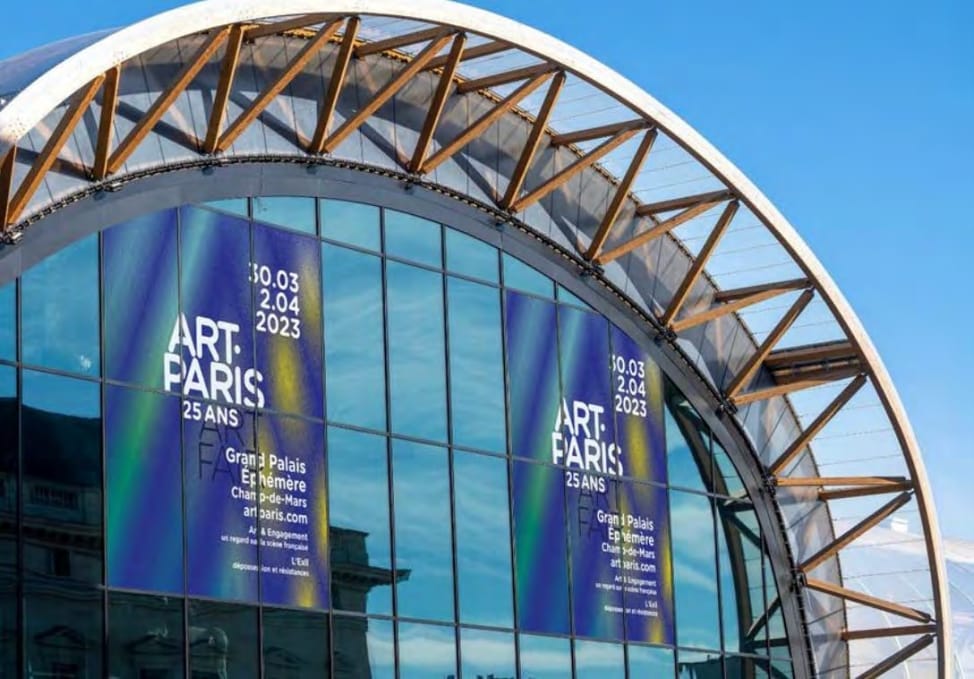Ralph Hage’s exhibition ‘An Autobiography as the Universe’ opened to an intrigued Beirut audience on March 5, 2020 at 392Rmeil393, just days before the pandemic triggered the lockdown in the country. At the exhibition opening, the deep appreciation for Ralph’s digital creations was palpable, as was the intrigue, the deep connection and the desire to understand. This came into my awareness by the audience’s reception and the generated questions.

Our connection with the audience was maintained during the lockdown, such that the artist, as well as I as curator, felt the responsibility to continue to share with our now-global audience, and to engage. We launched our remotely-recorded interview on Facebook and YouTube on April 5, 2020, in a conversation that addressed the main themes of the artist’s work; the relationship of parts to whole, the pattern-making process, starting and ‘finishing’ a painting, the relationship of art to music and the Universality of the artworks.
We broadened our online presence, continuing to communicate the themes of the exhibition. On Facebook, individuals tend to ask questions or post comments. Facebook offers a platform that connects the public directly to the artist and the curator. Asking questions and holding discussions between the art historians and different members of the community is one way of experiencing Ralph’s project directly and online. In this way, the processes of sharing content and presenting the artworks become a collective experience.

Instagram offers a different, more instantaneous experience. As images posted with captions are viewed, the audience’s reaction (or non-reaction) is immediate. A viewer can either like, or not like the image, he or she can relate, or not, react or not. It is an immediate experience. As an individual in charge of the content, I have to make decisions as to how often to post, when to post, and how many times, in order to maintain the engagement that the artist and I enjoy with our audience. On Instagram, the image speaks for itself. In many ways, ‘a picture is worth a thousand words’.
Because the process of creating art is so visceral, so deep, and has many layers to it, I tend to hold the position that it is the curator’s job to break down these different layers, and introduce these different layers to the public on different platforms. Every platform offers a different digital experience. After we posted our recorded interview, the influx of questions and inquiries soared, as did the range and geographical scope of our audience. The universality of our content, made possible by the transcultural qualities of the artwork itself, is a primary element in art presented on online platforms today, in 2020.

Ralph’s exploration of digital images and his re-structuring exercise, creating patterns, is driven by an art process similar to the fugue in music. In that sense, it is not pre-determined; Ralph describes his intentions as almost circumscribing the Universe, hoping to repeat a phenomenon akin to the emergence of consciousness. Ralph confesses that, if it were possible, he would never ‘stop’ the process, and that the decision to ‘stop’ the process is, in fact, arbitrary. A ‘finished’ piece, thus, would always hold the possibility that it could have been developed more, or ‘continued’. The end-product of his process is the digital art-pieces of the exhibition, which are printed on aluminum using a high-quality process. The artwork’s key qualities, and its transcultural nature, is in its ability to send signals or messages that go beyond language. Indeed, it is a visual language that the viewer absorbs, understands and appreciates.

The responses at the exhibition opening were comments and questions that included the following; ‘it seems that the artist has re-created the world or ‘a’ world’, ‘I feel like I’m looking into a forest’, ‘how does the artist choose the images he works with?’, and ‘what was the role of photography in this art-making process?’. At the time, we listened to the questions and dove into deep conversations, delighted at the connection established between artworks and viewers. Our social engagements held the context of a physical, exhibition space and person-to-person interactions.

As the reality of a COVID-19 world and social distancing measures took place, the artist and I took the proactive stance, and I posited most of the questions asked at the gallery to the artist in our recorded interview. We are continuing to create online and digital experiences for our audience, and we believe that Art can continue to enrich our lives as it transcends physical boundaries.
We hope to welcome visitors back to the gallery in a Closing Ceremony scheduled as the lockdown is gradually lifted. We abide by social distancing measures and safety protocols.
Watch curator Maie El-Hage’s interview with artist Ralph Hage on YouTube, link below:
Ralph Hage Bio:
Ralph Hage has a PhD in Semiology from the University of Québec in Montréal. He is currently Assistant Professor at the Lebanese University in Beirut, where he received his tenure. He teaches history and philosophy of art.
Ralph has been working on his art since 1983, securing numerous exhibitions in Canada, New York, Beirut and Portugal. He has exhibited at the Sursock Museum and Agial Art Gallery in Beirut.
Follow the artist on @hage_ralph
Written by Maie El-Hage






